 A great way to help students identify the range of feelings that they are experiencing is to use post-it notes. (You could also use index cards or small pieces of paper, but there’s just something about the stickiness . . . ) I use this technique all the time, including yesterday, when working with a third grader who is clearly depressed and anxious, but reluctant to talk about how she is feeling.
A great way to help students identify the range of feelings that they are experiencing is to use post-it notes. (You could also use index cards or small pieces of paper, but there’s just something about the stickiness . . . ) I use this technique all the time, including yesterday, when working with a third grader who is clearly depressed and anxious, but reluctant to talk about how she is feeling.
I start by having the student choose a marker and the color and shape of post-it note she wants us to use. Then we get the “uncomfortable feelings” poster from my bulletin board. If at all possible, I have the student do this herself. The movement of walking across the room and and sensory experience of pulling the tacks out of the poster and pushing them back into an empty spot on the bulletin board seems to help gear kids up and provide a little energy boost.
The student and I slowly read the list of uncomfortable feelings aloud and I ask her to identify those that she is experiencing. As she does so, I write the feeling word on a post-it note and stick it to the table in front of us. Students are generally able to identify at least five feelings. If the student seems to be unclear about the meaning of any of the words, I explain: for example, “Discouraged. That’s when you feel like you’ve tried and tried, but something still isn’t going well.” After we’ve gone through the whole list of feelings, we look at the collection of post-it notes and I have the student choose the first one we are going to talk about. For each one, I ask the student to tell me more about that feeling, and I write down what she says.
After we have gone through all the post-it notes, I have the child choose how to move and organize them on the table. This student ranked hers left to right, from “gigantic” to “huge” to “big” to “medium-large” to “medium.” She also chose to label the intensity of the feelings with smaller post-it notes. If the student wants, we take a picture of her layout to refer to in the future.
All this from a student who didn’t want to talk about her feelings! Here’s a closer look. The way she overlapped her feelings was really telling.
The post-it note counseling process provides a tangible way for students to share, think about, and describe their feelings. By looking at their feelings in a matter-of-fact, almost objective way, they gain a sense of control over what often feels very overwhelming. Inevitably they feel better, more energized, hopeful, and relieved, even though we still have a lot of work to do. In the following session, I pull out the post-it notes and the student decides which feeling/s she wants to start working on first. The post-it note session gives us an incredible amount of information to work with. In the case of this student, it will also give me good information to share with her new therapist. Poor baby! Just so you don’t worry too much — she was much relieved when she left, and her mom acted on my referral for therapy right away (and signed a release). This might end up being a happy story!
You might also be interested in:

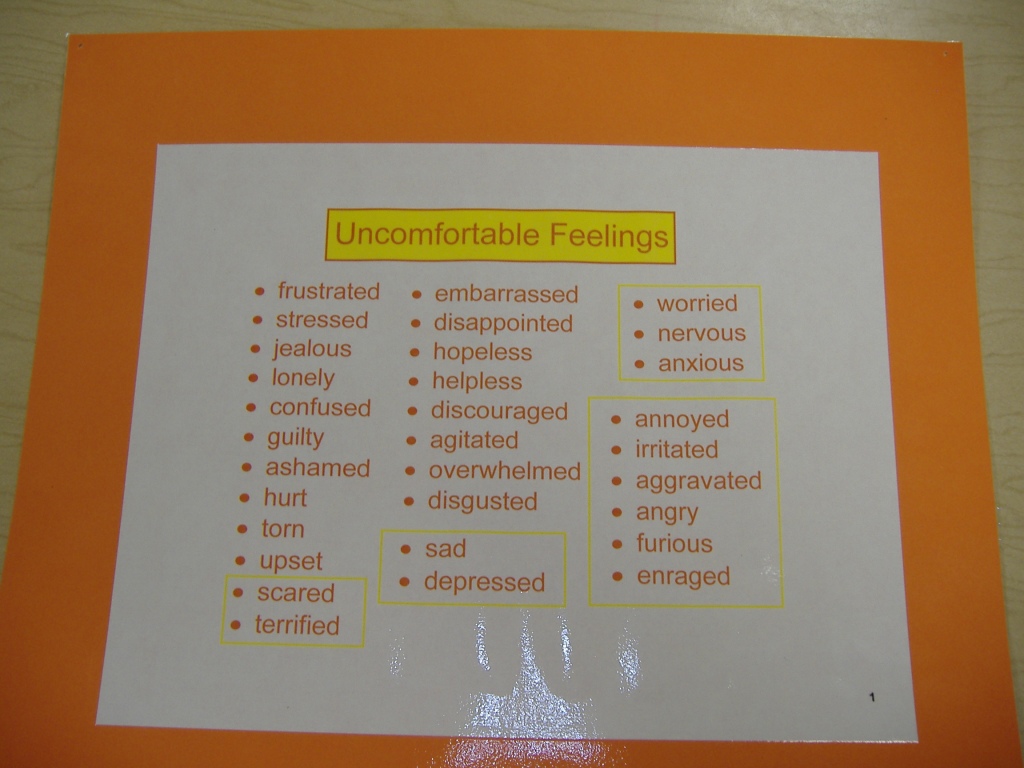
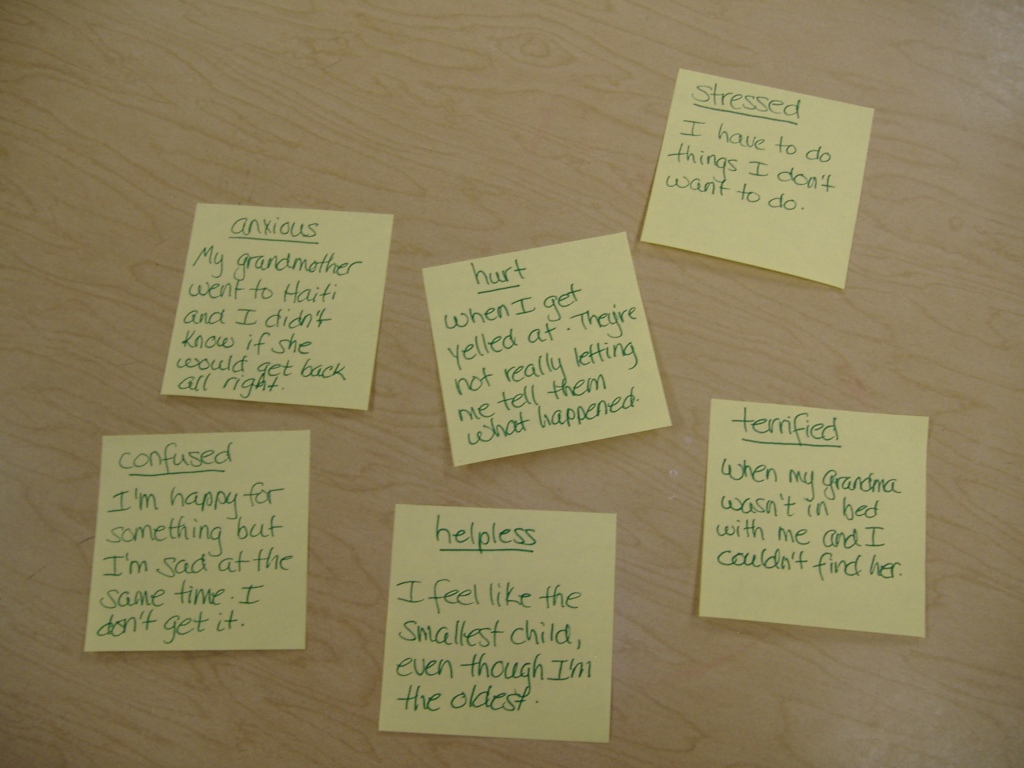
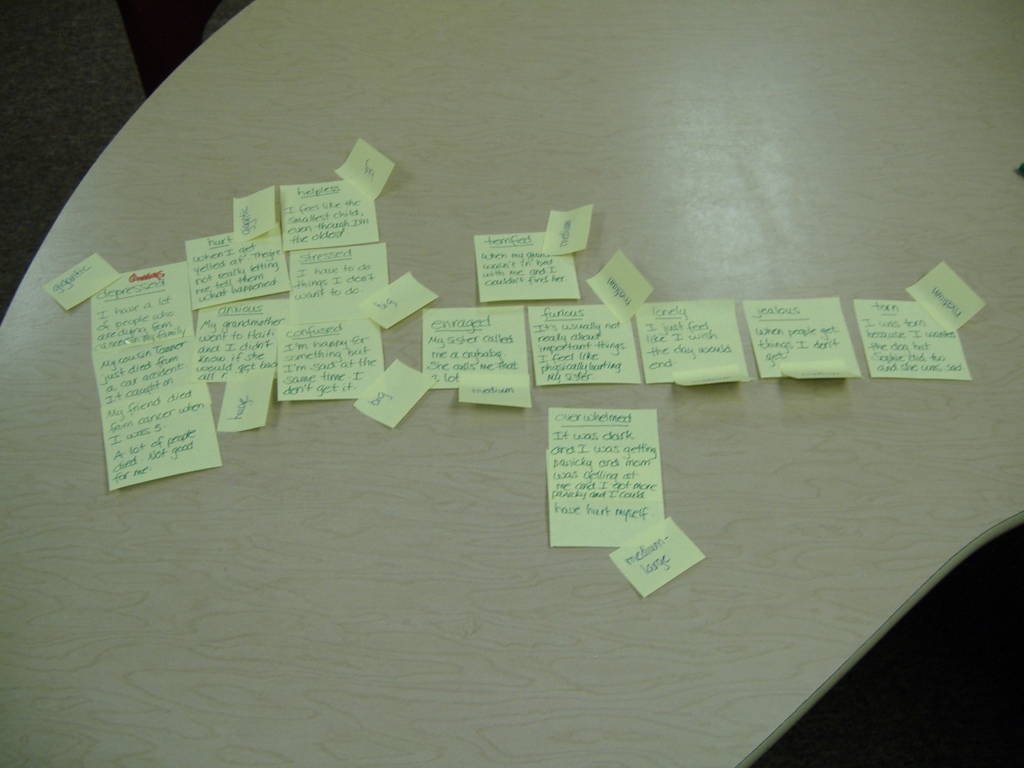
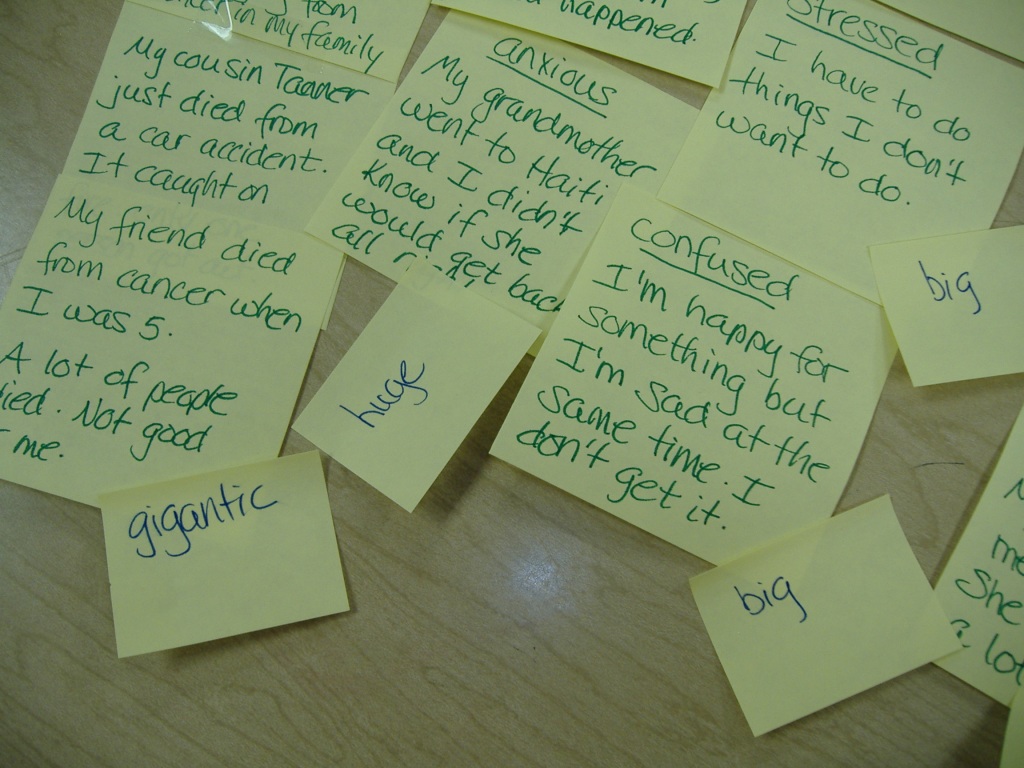
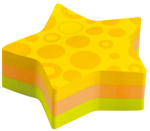
Something similar is from a social story at http://www.thewatsoninstitute.org/teacher-resources2.jsp?pageId=2161392240601226415747290 called “Sticky Thinking.” Thanks for sharing your idea!
Thanks, Niki. Looks like a great resource to use to help defeat Rockbrain! Might come in handy as soon as tomorrow!
OMG . . . a counseling strategy that sticks! I’m totally going to use this . . . thanks!
Barbara
Such a great idea! Your blog is great-thanks for sharing your ideas!
Thank you so much for sharing this! I found you through Pinterest, and as a school-based therapist, I am always looking for creative ways to assist students with expressing themselves! Today I used this technique with a student who is very anxious, but always ignores her feelings. This activity was a great way to help her open up and eventually discuss some anxious feelings/thoughts. She loved it! Thanks again!
I’m so glad this was helpful, Carly! It never ceases to amaze me how well this technique helps kids open up.
This is a really great kit of techniques. The visuals, the moving about, the tactile experience of sticking the thoughts. I have some other free strategies and downloads on my site. Nice work!
Joel Shaul, LCSW
Do you have the lists of comfortable and uncomfortable feelings that you could share?
I love this idea!